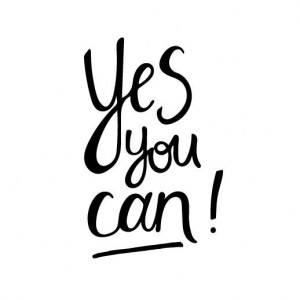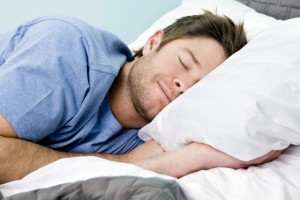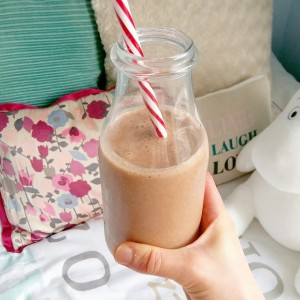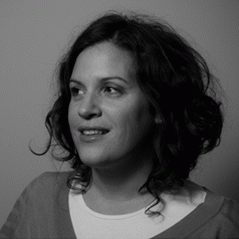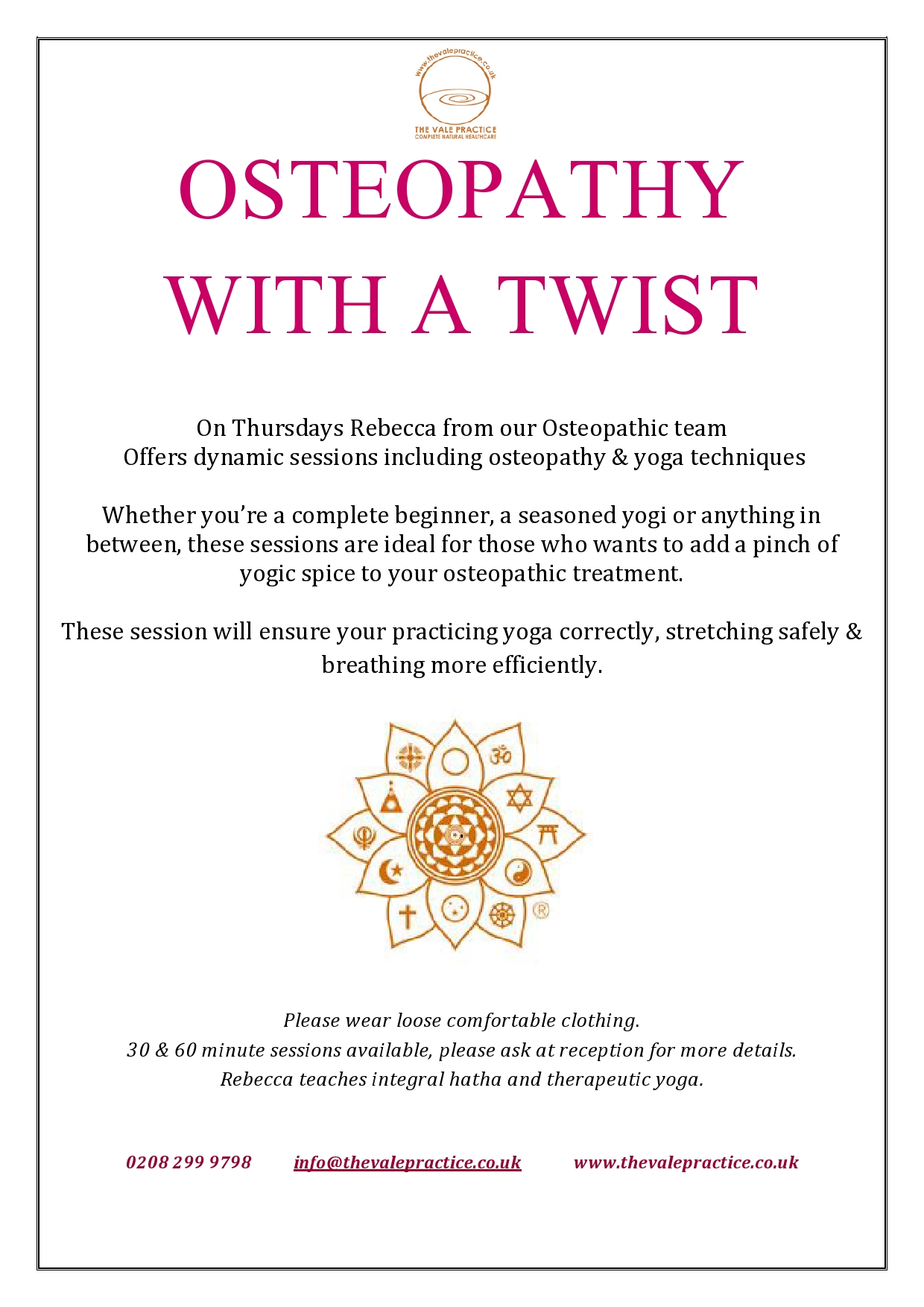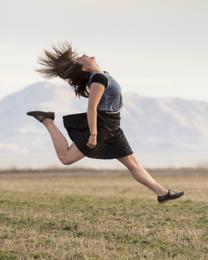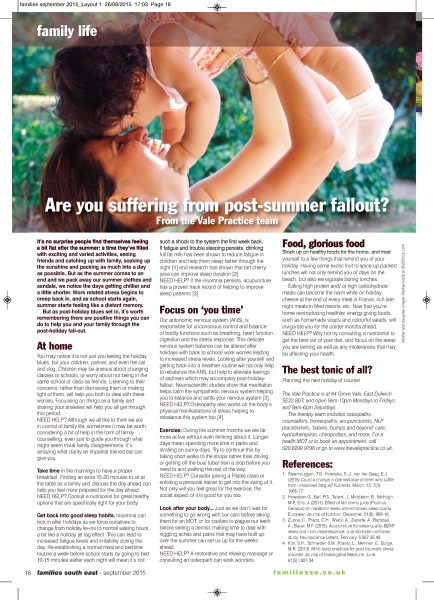The terms “dry-needling”, and “western medical acupuncture” are synonymous. This form of therapy involves the insertion of fine needles, similar to traditional Chinese acupuncture, from which it evolved. In the field of dry-needling, the sites of insertion include muscles, ligaments, tendons, fascia, and scar tissue; and may also be inserted in the locale of peripheral nerves and/or neurovascular bundles in order to address a variety of neuromusculoskeletal pain syndromes.
There are two important concepts that render dry-needling distinct from traditional acupuncture. Firstly, the concept of yin and yang and the circulation of qi/chi are not encapsulated in this modality. Secondly, dry-needling is a complementary therapy ,to be used in conjunction with conventional medicine to promote health and well-being of the patient, and not an alternative approach.
The physiological effects of dry-needling are purported to be produced via affecting the taut band(of tissue)/ “trigger point”, local hypoxia and ischemia, peripheral sensitisation, and central sensitisation.One of the ways in which dry-needling is said to alleviate peripheral and central sensitisation is via an increase in endogenous opioid release
Another way that dry-needling influences the endogenous opioid system is by increasing the number of opioid receptors, as found in trials targeting fibromyalgia. The most widespread use of dry-needling is for pain relief, both acute and chronic, particularly that of the musculoskeletal system
Dry-needling often elicits an uncontrollable spasming of the targeted muscle. This is known as the “local twitch response”, and recognised as indicator of particularly potent treatment.
Aside from treating trigger points, there is evidence from studies of sufficient rigour recommending the use of dry-needling in addressing plantar fasciitis, temporomandibular joint disorders and fibromyalgia. In the USA, a double-blind randomised control trial concerning the efficacy of dry-needling in knee osteoarthritis is currently underway.
Written by the Osteopathic Team at the Vale Practice
References
Butts, R., Dunning, J., Perreault, T., Mourad, F., Grubb, M., 2016. Peripheral and Spinal Mechanisms of Pain and Dry Needling Mediated Analgesia: A Clinical Resource Guide for Health Care Professionals. Int. J. Phys. Med. Rehabil. 4. https://doi.org/10.4172/2329-9096.1000327
Cagnie, B., Dewitte, V., Barbe, T., Timmermans, F., Delrue, N., Meeus, M., 2013. Physiologic effects of dry needling. Curr. Pain Headache Rep. 17, 348. https://doi.org/10.1007/s11916-013-0348-5
ClinicalTrials.gov identifier (NCT number): NCT02373631 https://clinicaltrials.gov/ct2/show/NCT02373631
Dunning, J., Butts, R., Mourad, F., Young, I., Flannagan, S., Perreault, T., 2014. Dry needling: a literature review with implications for clinical practice guidelines. Phys. Ther. Rev. PTR 19, 252–265. https://doi.org/10.1179/108331913X13844245102034
Eftekharsadat, B., Babaei-Ghazani, A., Zeinolabedinzadeh, V., 2016. Dry needling in patients with chronic heel pain due to plantar fasciitis: A single-blinded randomized clinical trial. Med. J. Islam. Repub. Iran 30, 401.
Harris, R.E., Clauw, D.J., Scott, D.J., McLean, S.A., Gracely, R.H., Zubieta, J.-K., 2007. Decreased Central μ-Opioid Receptor Availability in Fibromyalgia. J. Neurosci. 27, 10000–10006. https://doi.org/10.1523/JNEUROSCI.2849-07.2007
Hong, C.Z., 1994. Lidocaine injection versus dry needling to myofascial trigger point. The importance of the local twitch response. Am. J. Phys. Med. Rehabil. 73, 256–263.
Jung, A., Shin, B.-C., Lee, M.S., Sim, H., Ernst, E., 2011. Acupuncture for treating temporomandibular joint disorders: a systematic review and meta-analysis of randomized, sham-controlled trials. J. Dent. 39, 341–350. https://doi.org/10.1016/j.jdent.2011.02.006
Tough, E.A., White, A.R., Cummings, T.M., Richards, S.H., Campbell, J.L., 2009. Acupuncture and dry needling in the management of myofascial trigger point pain: A systematic review and meta-analysis of randomised controlled trials. Eur. J. Pain 13, 3–10. https://doi.org/10.1016/j.ejpain.2008.02.006
Zollman, C., Vickers, A., 1999. What is complementary medicine? BMJ 319, 693–696. https://doi.org/10.1136/bmj.319.7211.693


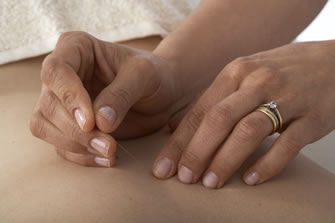
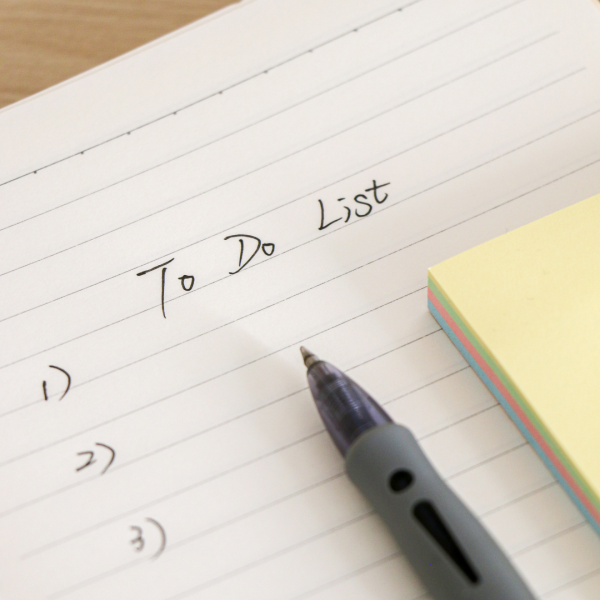
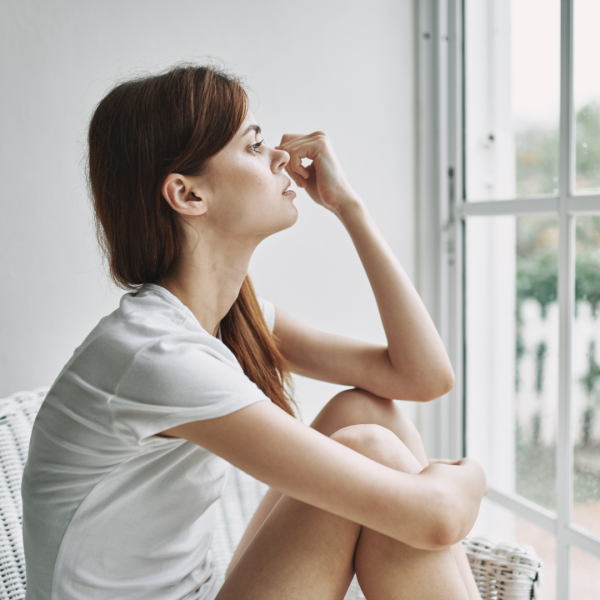


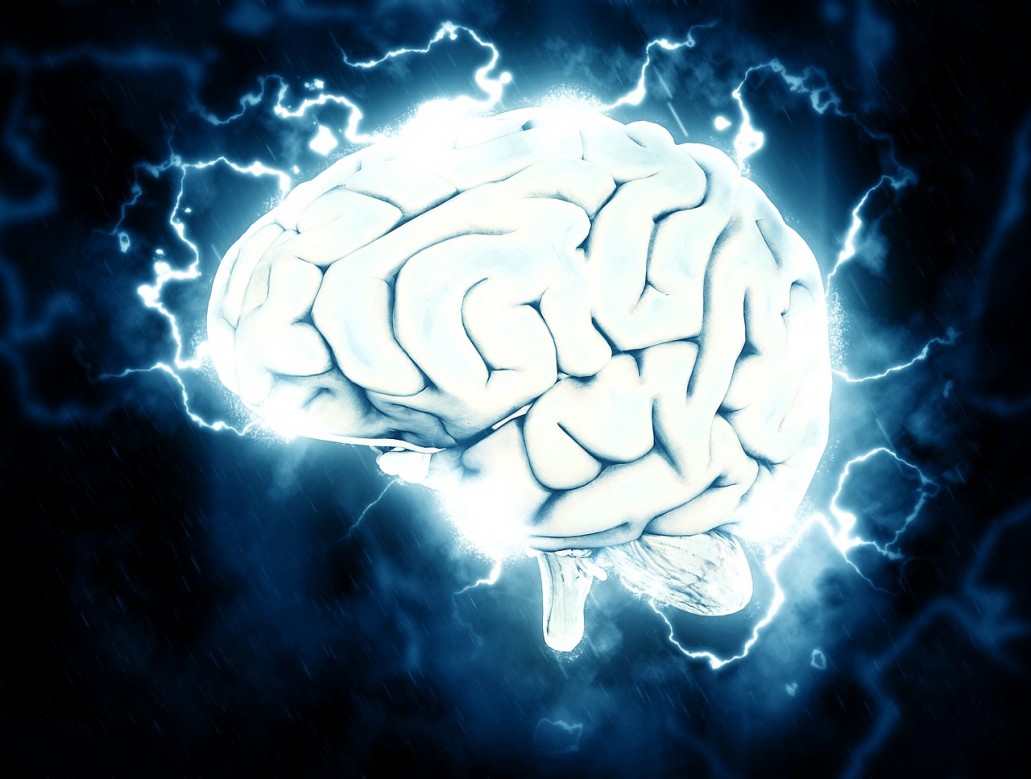
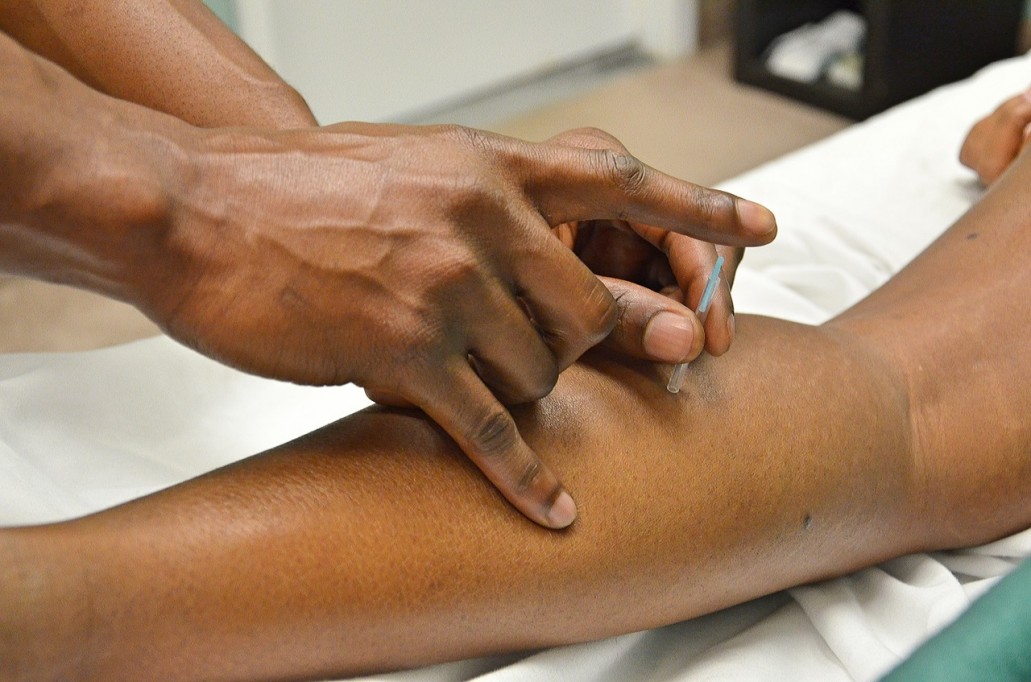
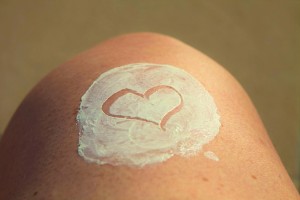
 animal studies, these effects were also linked to compromised emotional and functional skills. The brain of a 15-17 year old, when compared to that of an early adolescent, and adult, is much more vulnerable to stress. Children and adolescents can experience many chronic sources of pressure, such as: social media, parental expectations, peer pressure and exams. In a recent survey of 1,000 schoolchildren, 61% of the respondents said teachers managed stress well, 29% said children and 10% said parents.
animal studies, these effects were also linked to compromised emotional and functional skills. The brain of a 15-17 year old, when compared to that of an early adolescent, and adult, is much more vulnerable to stress. Children and adolescents can experience many chronic sources of pressure, such as: social media, parental expectations, peer pressure and exams. In a recent survey of 1,000 schoolchildren, 61% of the respondents said teachers managed stress well, 29% said children and 10% said parents.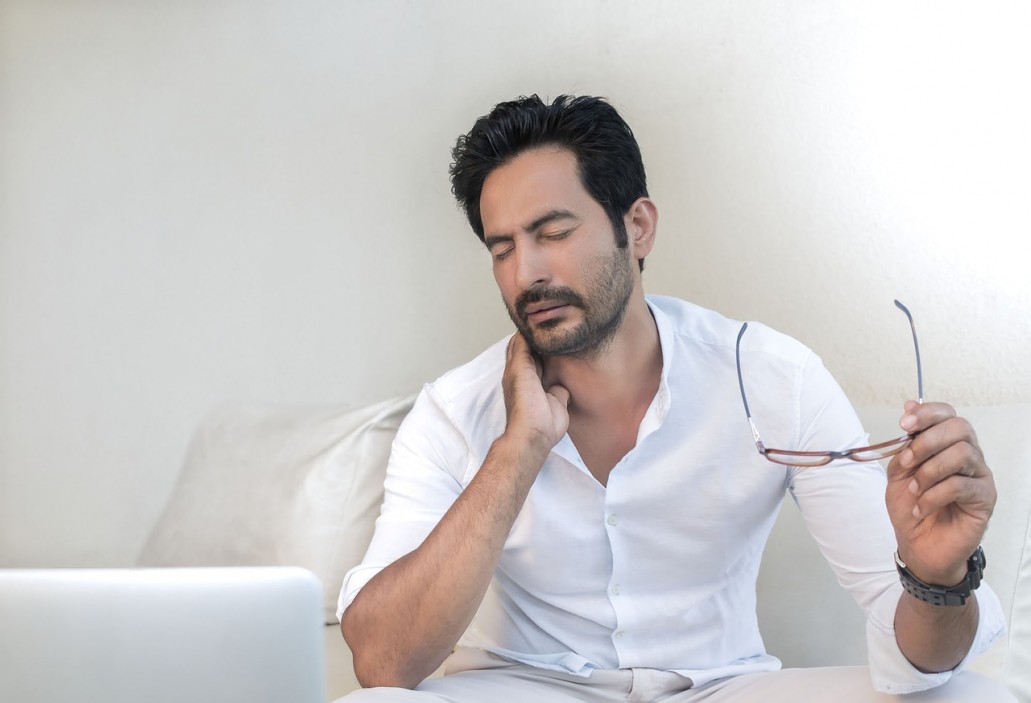
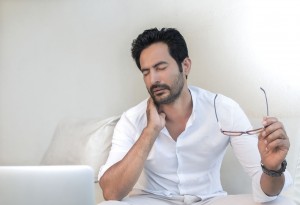
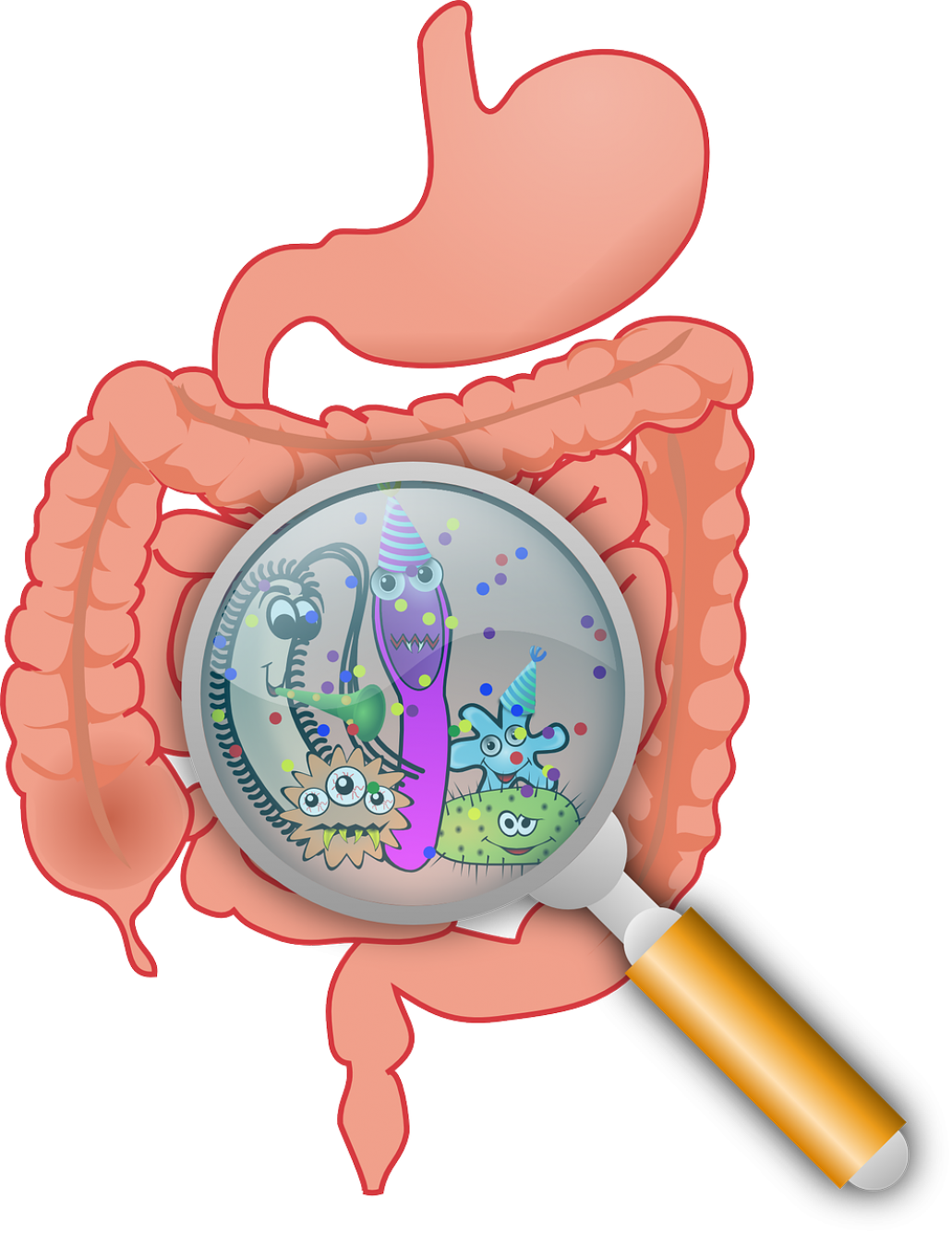
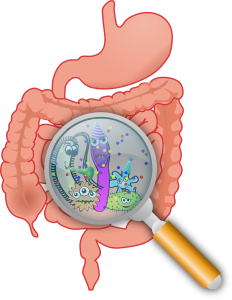 genes than our genome! These microorganisms have evolved to have a symobiotic (win-win) relationship with the human body over millenia: We provide them with a place to live, and they help us with a host of functions. These symbiotic microorganisms, chiefly bacteria, are also known as probiotics.
genes than our genome! These microorganisms have evolved to have a symobiotic (win-win) relationship with the human body over millenia: We provide them with a place to live, and they help us with a host of functions. These symbiotic microorganisms, chiefly bacteria, are also known as probiotics.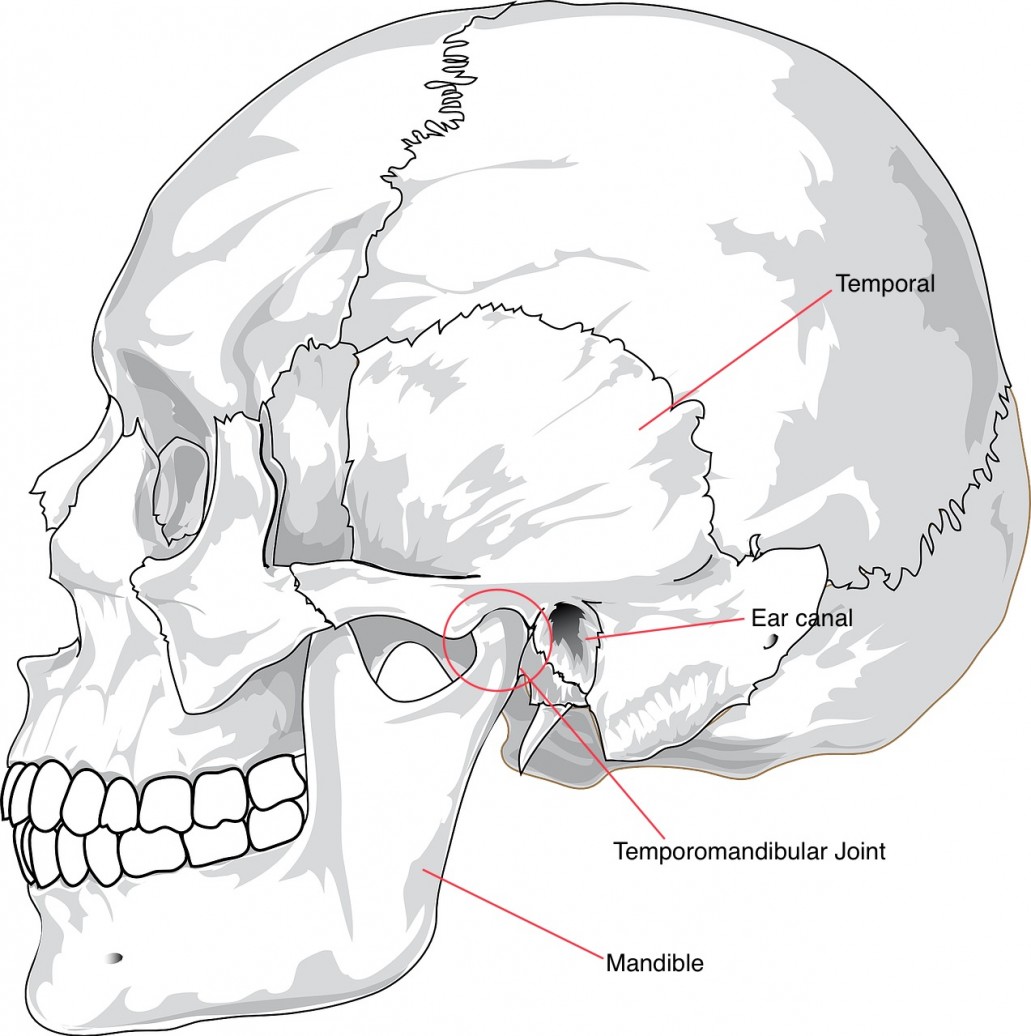
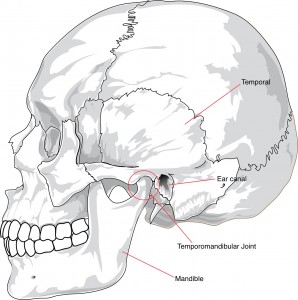 The Temporomandibular joint (TMJ) is where the mandible (lower jaw), meets the temporal parts of the skull. The TMJ has an articular disc between the two joint surfaces and behind that is the retrodiscal tissue, which is covered in nerves and blood vessels. The TMJ also has many small muscles to allow for its complicated movements of chewing (mastication), speech, yawning and swallowing.
The Temporomandibular joint (TMJ) is where the mandible (lower jaw), meets the temporal parts of the skull. The TMJ has an articular disc between the two joint surfaces and behind that is the retrodiscal tissue, which is covered in nerves and blood vessels. The TMJ also has many small muscles to allow for its complicated movements of chewing (mastication), speech, yawning and swallowing.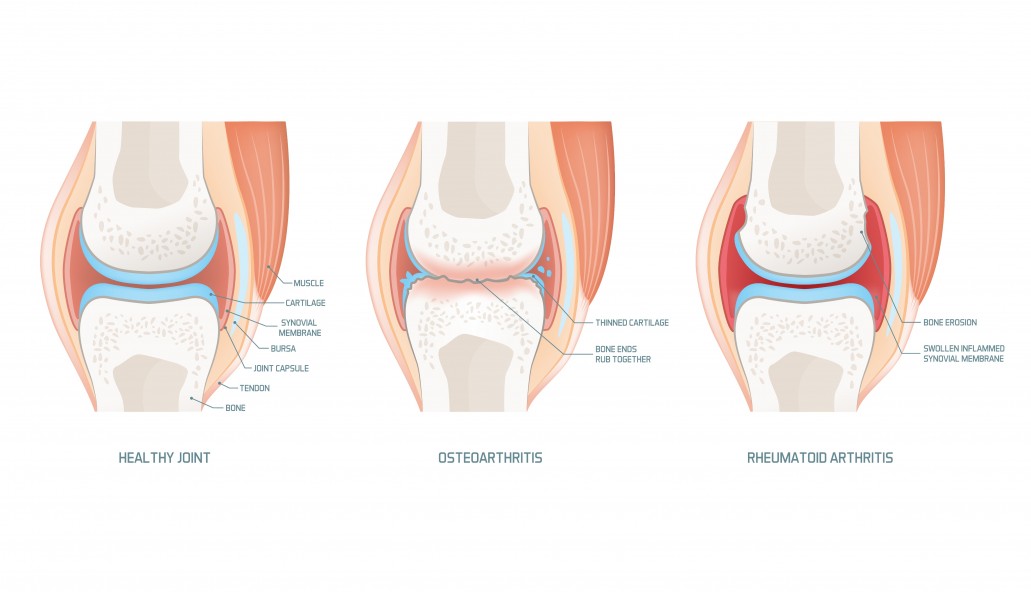
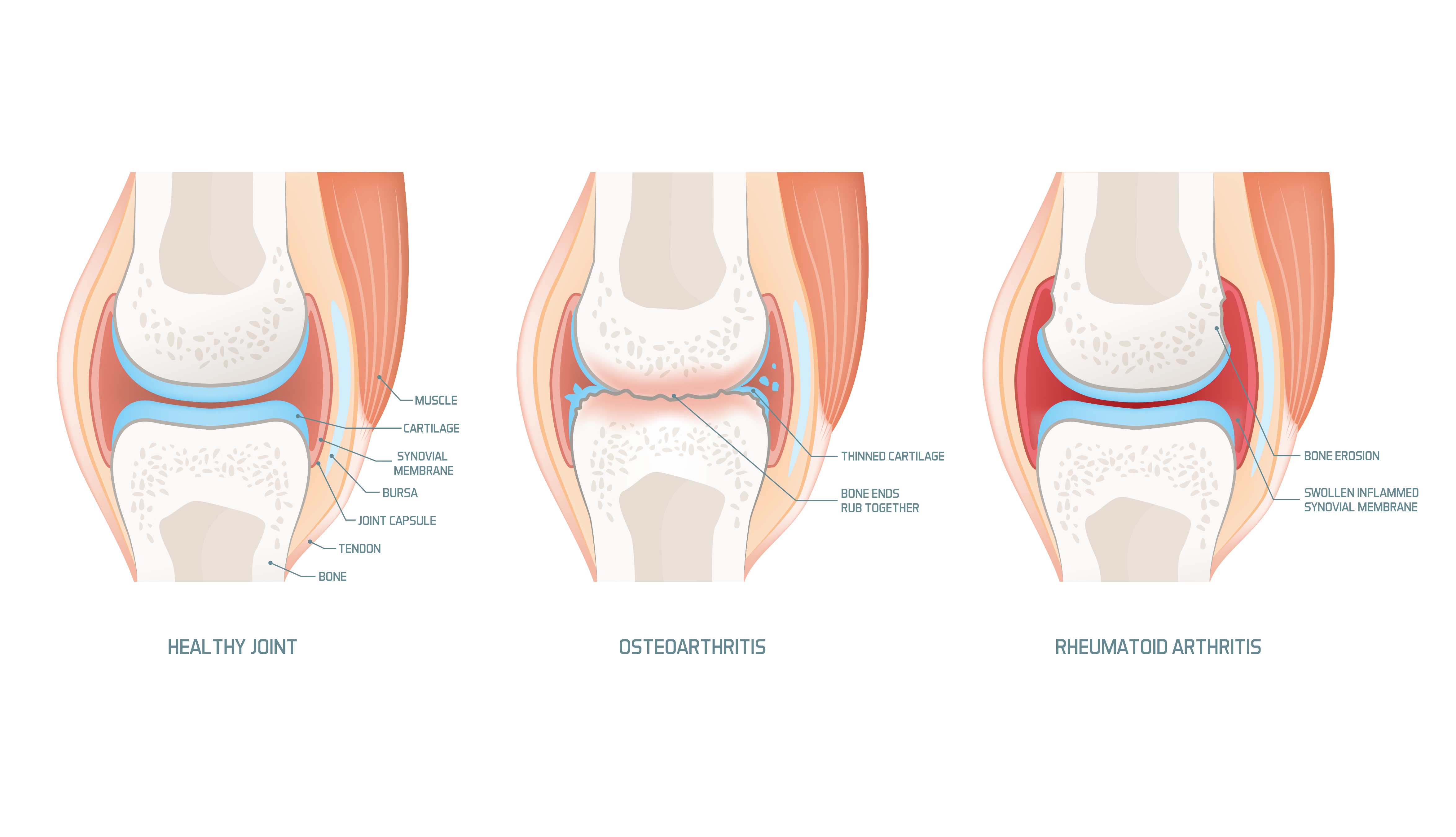
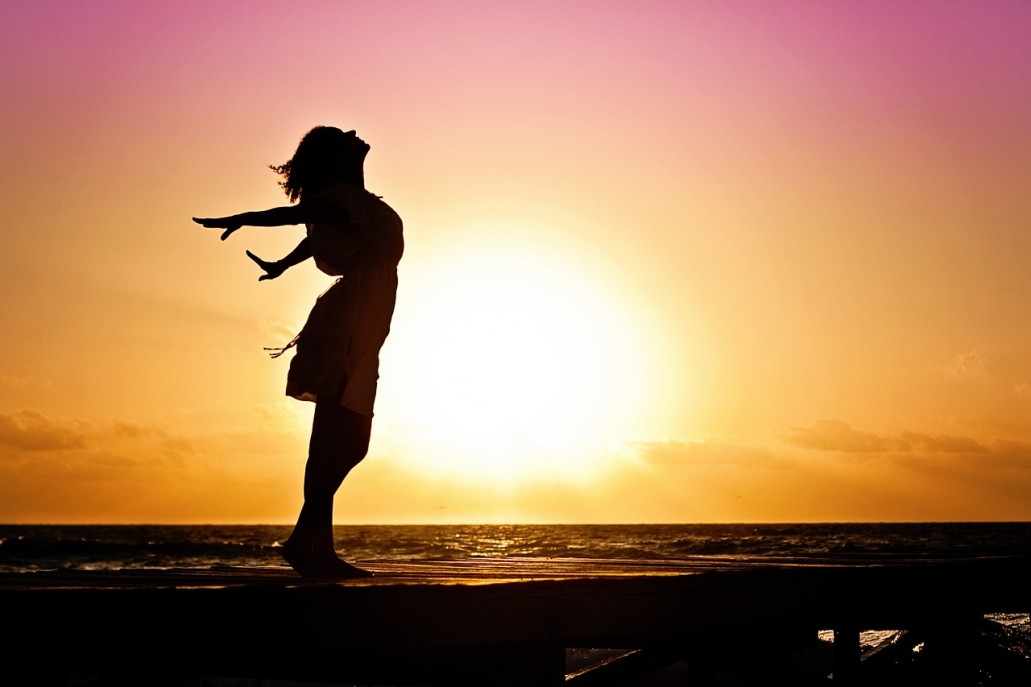
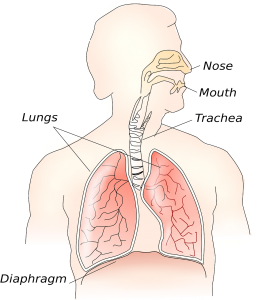 s do this on average 20000 times a day! We have different types of breathing for different activities, such as forced breathing which happens when we sing, exercise or are panicked. When our breathing is forced, we engage other muscles located in the neck and shoulders to breathe in and abdominal muscles to breathe out. These are called the Accessory Muscles of respiration. Both relaxed and forced breathing are regulated by our autonomic nervous system which means we generally don’t think twice about our breathing pattern. However, did you know that most of us only use a third of our breathing capacity? This means our bodies aren’t functioning at their full potential. You may notice signs such as holding your breath for no reason and feeling the need to take a deep breath often.
s do this on average 20000 times a day! We have different types of breathing for different activities, such as forced breathing which happens when we sing, exercise or are panicked. When our breathing is forced, we engage other muscles located in the neck and shoulders to breathe in and abdominal muscles to breathe out. These are called the Accessory Muscles of respiration. Both relaxed and forced breathing are regulated by our autonomic nervous system which means we generally don’t think twice about our breathing pattern. However, did you know that most of us only use a third of our breathing capacity? This means our bodies aren’t functioning at their full potential. You may notice signs such as holding your breath for no reason and feeling the need to take a deep breath often.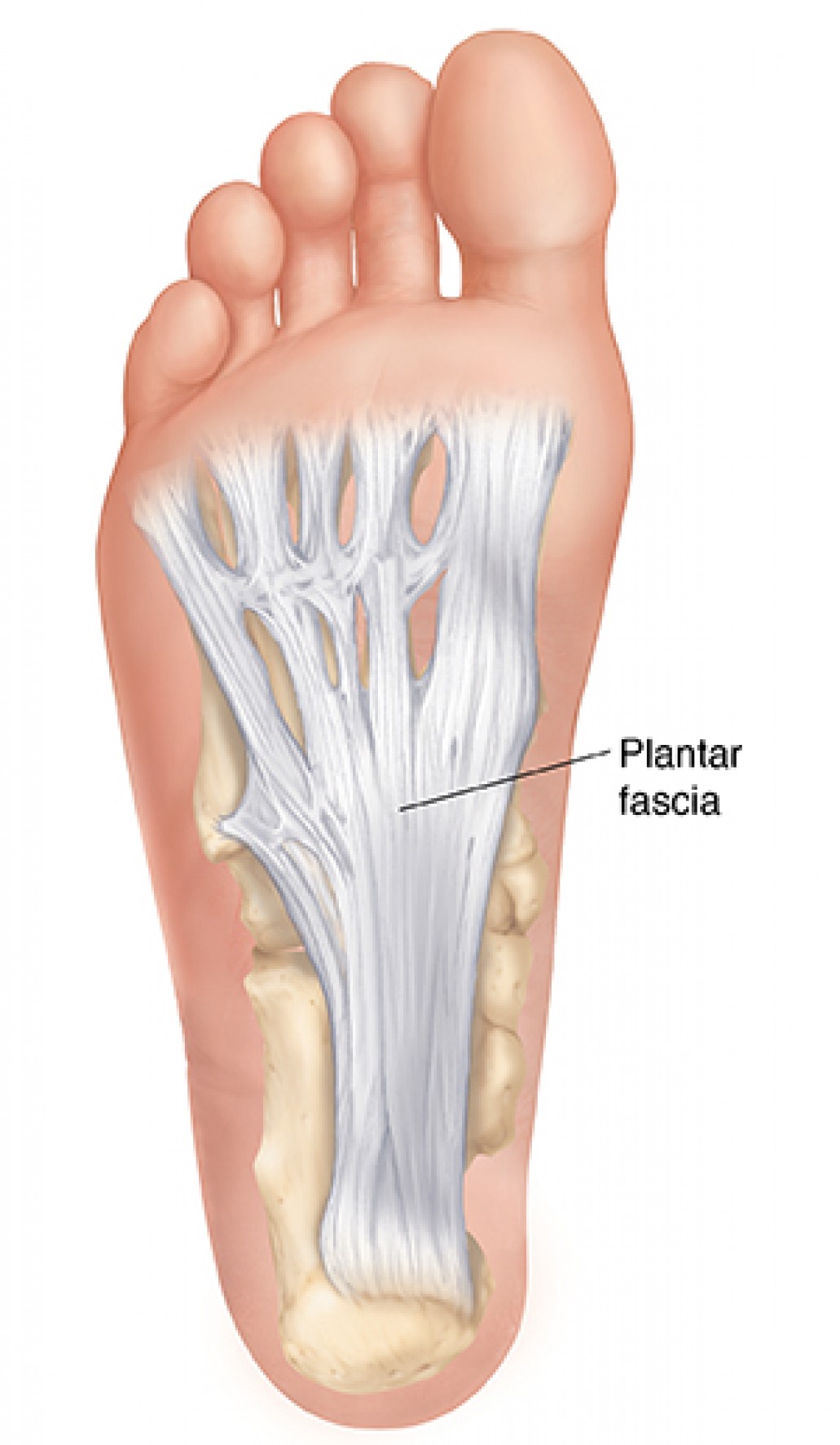
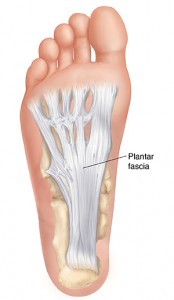
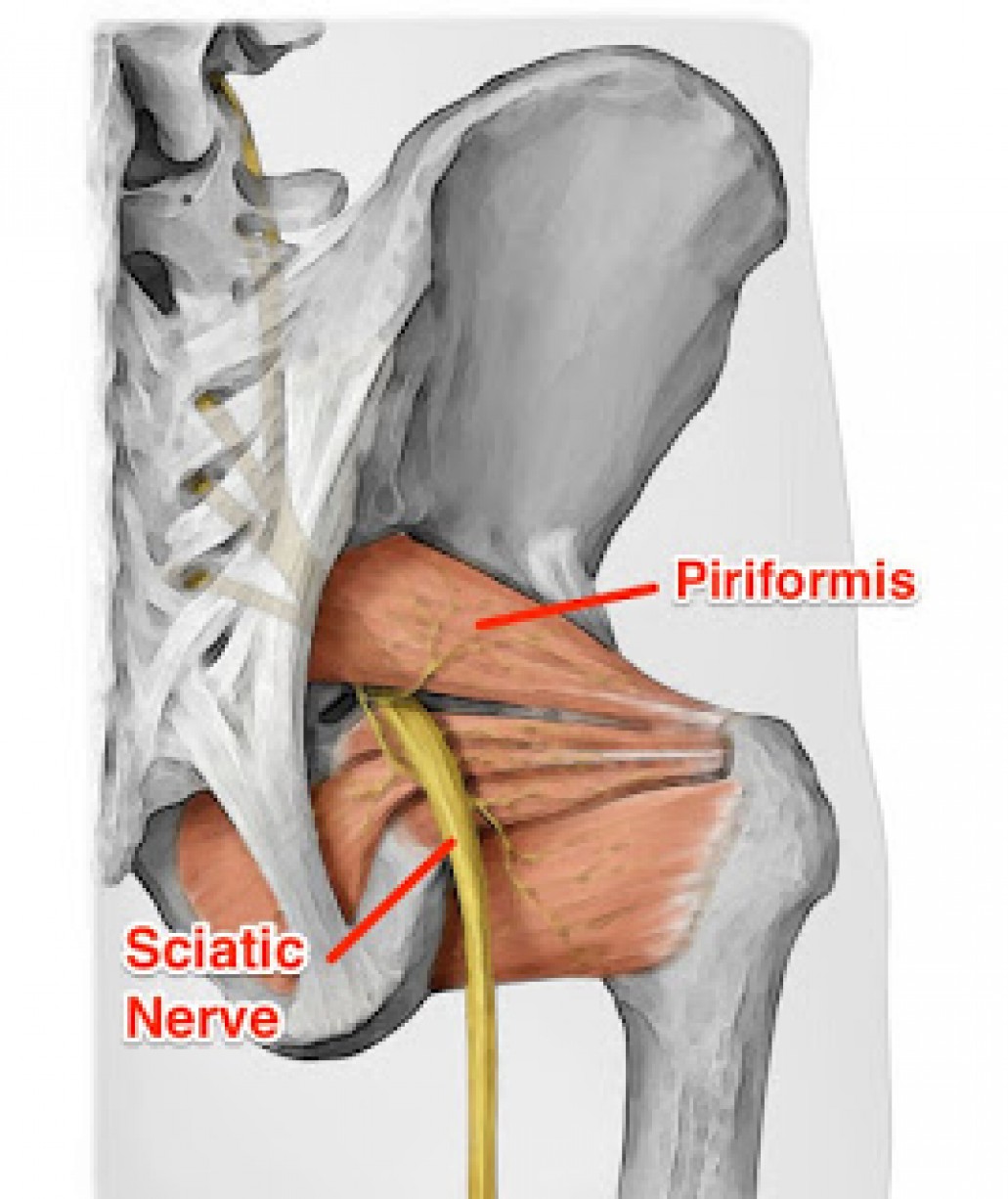
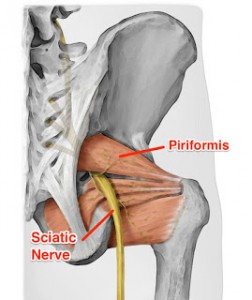

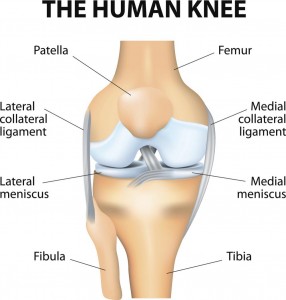
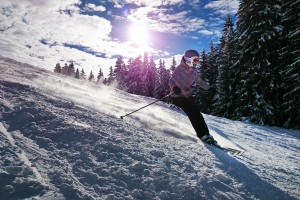 Core stability is also very important when skiing as maintaining good control of your movements and your form are key to preventing accidents on the slopes as well as helping to improve your technique. Using a wobble board for a few minutes
Core stability is also very important when skiing as maintaining good control of your movements and your form are key to preventing accidents on the slopes as well as helping to improve your technique. Using a wobble board for a few minutes
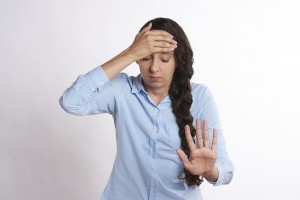 The third Monday of January has been given the title of Blue Monday as it is (supposedly) the most depressing day of the year! With the cold nights, short days and post Christmas-blues, it’s easy to see why we start to feel a little low. It’s also the time where a lot of people are starting to fail in their New Years resolutions and feeling low motivation levels. However, the team at the Vale Practice are on hand to help! Did you know that recent studies have found that acupuncture can have a strong positive effect on patients suffering with depression and stress. It’s been found that acupuncture is effective in lowering activity in our HPA axis (Hypothalamus Pituitary Adrenaline) which gives the fight or flight response- our physical and psychological reaction to stress.
The third Monday of January has been given the title of Blue Monday as it is (supposedly) the most depressing day of the year! With the cold nights, short days and post Christmas-blues, it’s easy to see why we start to feel a little low. It’s also the time where a lot of people are starting to fail in their New Years resolutions and feeling low motivation levels. However, the team at the Vale Practice are on hand to help! Did you know that recent studies have found that acupuncture can have a strong positive effect on patients suffering with depression and stress. It’s been found that acupuncture is effective in lowering activity in our HPA axis (Hypothalamus Pituitary Adrenaline) which gives the fight or flight response- our physical and psychological reaction to stress.